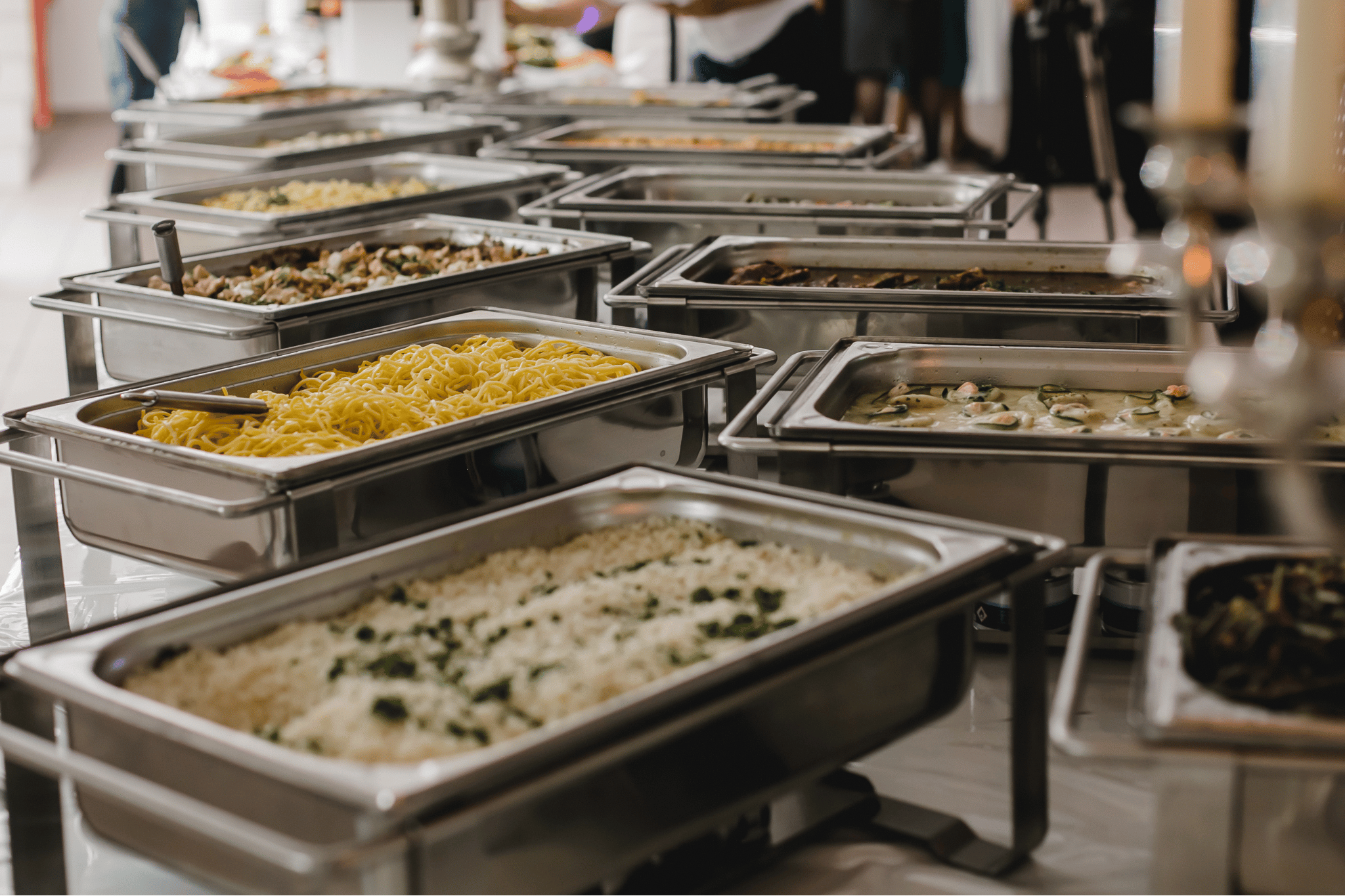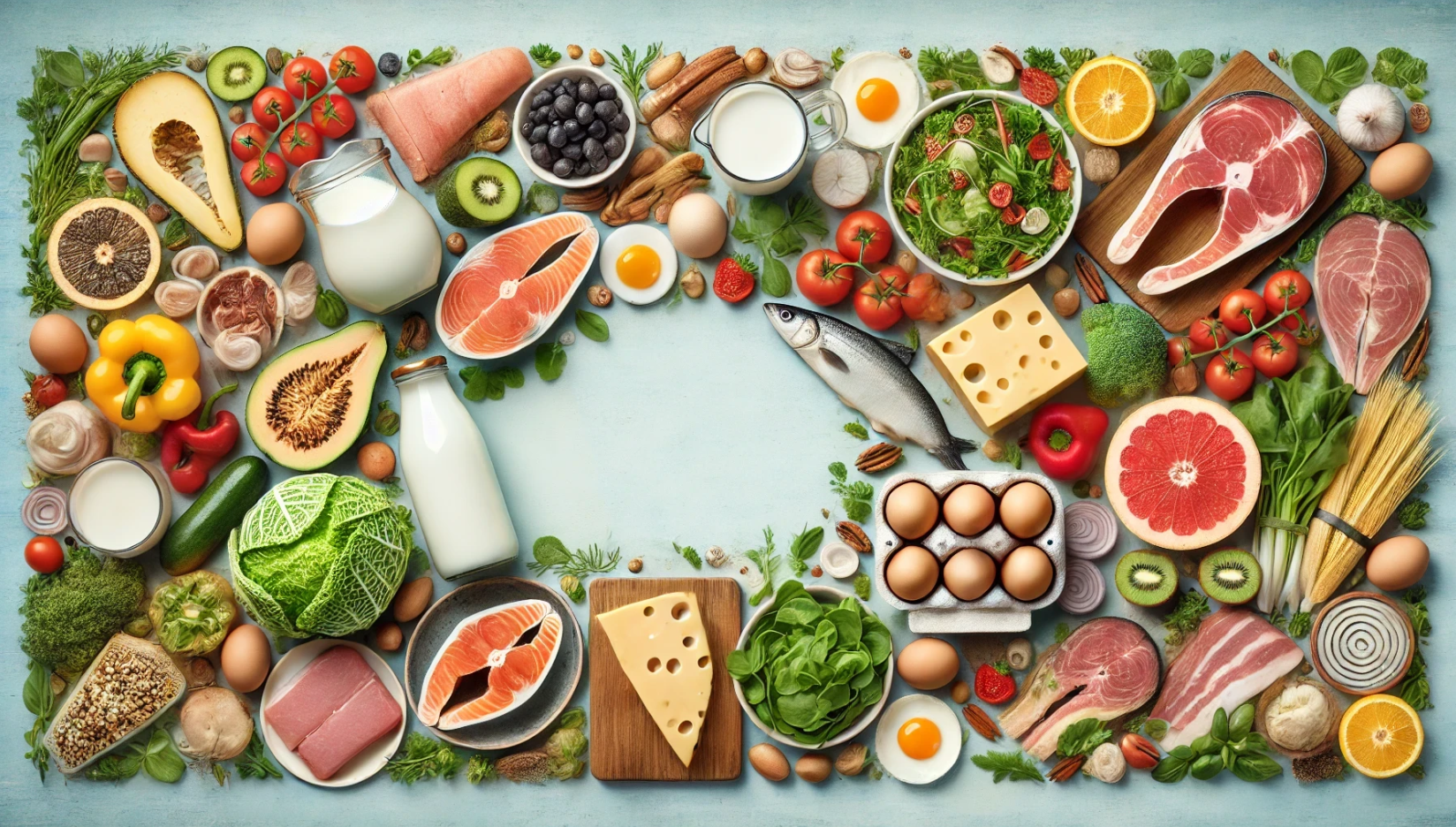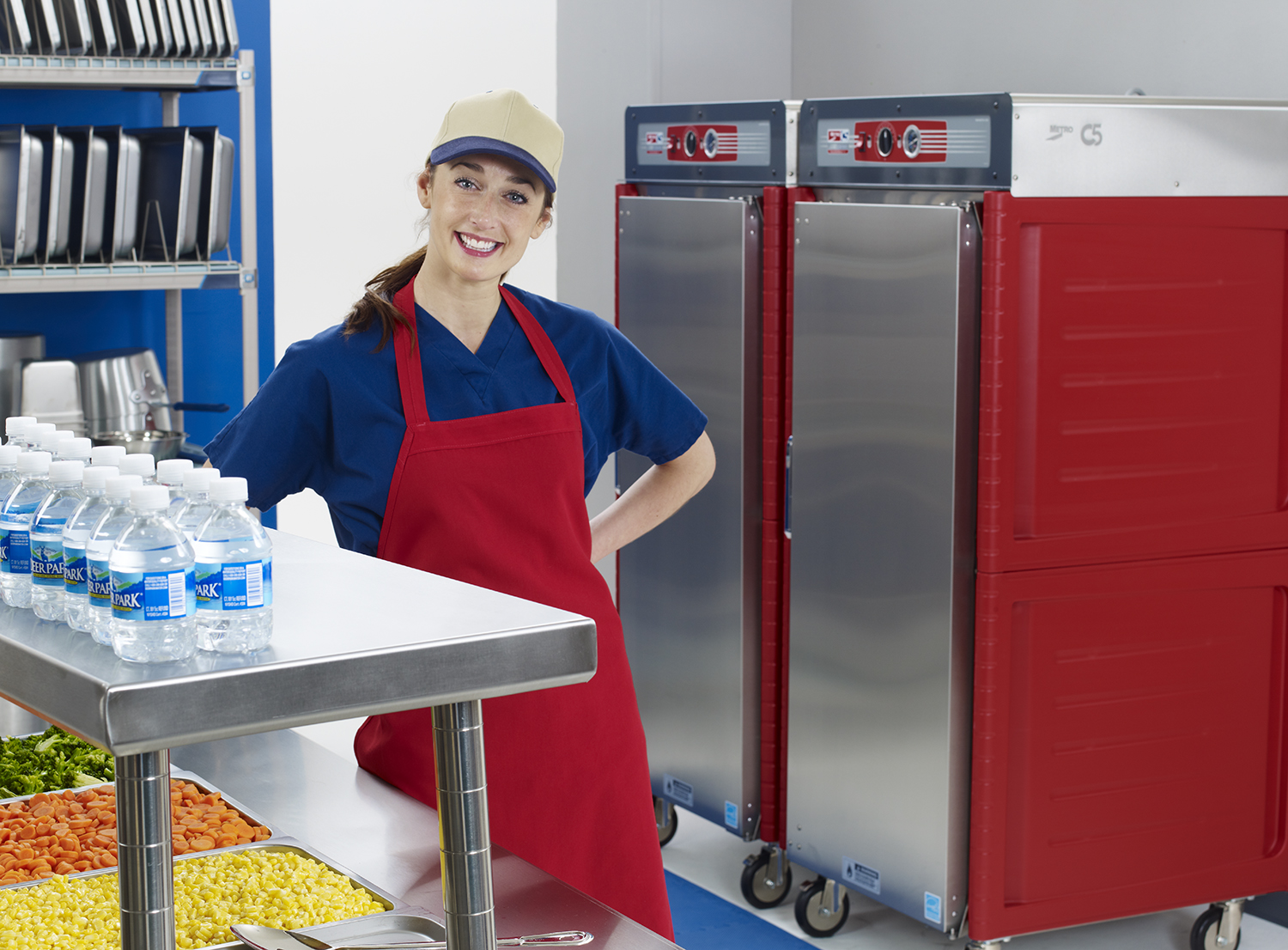Maintaining food safety is essential to protecting customers from foodborne illness in any food service operation. It isn’t enough to focus on serving fresh and delicious food; employees must also ensure they cook, store, and serve food at proper temperatures.
For kitchens that hold food for service—whether in restaurants, cafeterias, or catering setups—understanding the temperature danger zone and how to avoid it is vital. Here, we’ll break down the temperature range to avoid, identify foods most at risk, and cover best practices for holding food safely. With the right tools and procedures, you can ensure that food is always held at safe temperatures and is ready to serve without compromising quality or safety.

What is the Temperature Danger Zone?
The temperature danger zone is where bacteria grow the most rapidly. The USDA classifies this range as between 40°F and 140°F, and foods at this temperature are at the most risk.
When food sits in this zone for too long, it creates the perfect environment for pathogens to grow, significantly raising the risk of foodborne illness. The longer food sits in this temperature range, the greater the risk of bacteria.
High levels of bacteria (such as Staphylococcus aureus, Salmonella Enteritidis, and E. coli) may be present without any visible signs that the food is unsafe to eat, so keeping foods out of the danger zone is vital.
How Long Can Food Stay in the Danger Zone?
The U.S. Department of Agriculture advises against leaving food out of refrigeration for over 2 hours. However, if the temperature is above 90°F, that recommendation lessens to 1 hour.
Hot foods should be held at or above 140°F and cold food should be kept at or below 40°F to minimize risk.
What Is Time Temperature Abuse?
Neglecting these holding temperatures, or “time and temperature abuse,” can make even well-prepared food unsafe to serve. By understanding the temperature danger zone and using the right equipment to hold food safely, you can ensure that every dish you serve meets high safety standards.
Time/Temperature Control for Safety
Certain foods are more vulnerable to the risks of the danger zone and require Time/Temperature Control for Safety (TCS) to stay safe. TCS foods, including meats, dairy, eggs, and cooked vegetables, are often high in moisture and protein and present an ideal environment for pathogens to grow and spread. Therefore, TCS foods are sometimes called potentially hazardous foods (PHFs) because they become dangerous if bacteria growth is uncontrolled.
Recognizing TCS foods and understanding time/temperature control for safety is essential for anyone cooking, handling, or serving food.
What Are Common TCS Foods?

The most common TCS foods include the following:
- Meat and poultry
- Dairy products
- Fish, shellfish, and crustaceans
- Shell eggs
- Plant-based meat alternatives like tofu
- Baked potatoes
- Cooked rice, beans, pasta, and vegetables
- Seed sprouts
- Sliced tomatoes and melon
- Cut leafy greens
- Cut garlic in oil
Best Practices for Holding Food Safely
When it comes to holding food safely, the goal is simple: keep hot foods hot and cold foods cold. Following these best practices can help ensure that your food never enters the temperature danger zone:
- Check Temperatures Frequently: Use a reliable kitchen thermometer to monitor food temperatures regularly. For hot holding, maintain food at 140°F or higher. For cold holding, keep temperatures at or below 40°F. This simple habit can help prevent time and temperature abuse and ensure compliance with food safety standards.
- Minimize Time in the Danger Zone: Reducing the time that food spends in the danger zone is essential for preventing bacterial growth. If food must be reheated, ensure it reaches 165°F before serving, and never let it linger in the 40°F - 140°F range for longer than 2 hours.
- Choose the Right Holding Equipment: Not all holding solutions are identical. Using specialized equipment, like hot holding cabinets or refrigerated units, helps keep food at safe temperatures during service.
- Follow Proper Storage Practices: Organize your kitchen with food safety in mind. Store TCS foods like meats, dairy, and cooked grains on appropriate shelves and ensure they are quickly chilled or held at the right temperature.
Implementing these best practices allows you to confidently hold food for service without compromising safety or quality. The right approach and equipment will help you avoid costly mistakes and keep your customers safe.
Choosing the Right Holding Equipment
If food is not immediately served after cooking, it must be held appropriately to ensure it does not linger in the temperature danger zone. Proper holding will also ensure that the food maintains its taste and quality.
Selecting the proper food holding and transport equipment is critical. Different food service setups require different solutions, so it’s important to choose equipment that meets the needs of your operation. Whether you need to hold your food in your commercial kitchen or safely transport food over the road, you want a reliable warming or refrigerated cabinet to maintain your food's safety and quality.

Here’s a brief look at equipment designed for safe food holding:
Warming Cabinets (Hot-Holding Cabinets)
Holding cabinets are designed to maintain hot, cooked foods at safe temperatures (above 140°F) until they’re ready to be served. Look for features like adjustable temperature controls and even heat distribution to ensure consistent quality. Humidity controls can also prevent food from drying out, especially for items like roasted meats and baked goods.
Refrigerated Cabinets (Cold-Holding Cabinets)
Refrigerated cabinets keep cold foods at safe temperatures (below 40°F) and are essential for storing items like salads, dairy products, and desserts. Consider models with precise temperature settings and rapid cooling capabilities to handle high turnover and reduce the risk of temperature fluctuations.
Insulated Food Carriers (Hot and Cold Holding)
For operations that involve transporting food off-site that doesn’t require a transport cabinet—such as catering or meal delivery—insulated food carriers are beneficial. These carriers are designed to maintain the temperature of both hot and cold foods during transit. Look for durable, stackable designs with tight-sealing lids to keep food secure and at the right temperature for extended periods.
When choosing the cabinet for your foodservice operations, consider your application volume, space, menu, and transport needs to find the right holding cabinet.
Avoid the Temperature Danger Zone with Metro
Avoiding the temperature danger zone is a fundamental part of food safety. By understanding the risks, recognizing TCS foods, following best practices, and using the right holding equipment, you can ensure that the food you serve is safe and high-quality.
At Metro, our holding cabinets and food transport solutions are designed to support kitchens of all sizes, offering precise temperature control and flexible configurations that help maintain food safety without compromising quality. From warming cabinets that keep dishes ready for service to reliable transport solutions, Metro has a full range of products to meet the demands of any application.
With Metro’s food holding and transport solutions, you can confidently uphold food safety standards and serve your customers with the quality they expect. Explore our complete product range to find the right equipment and keep your operation running smoothly.
